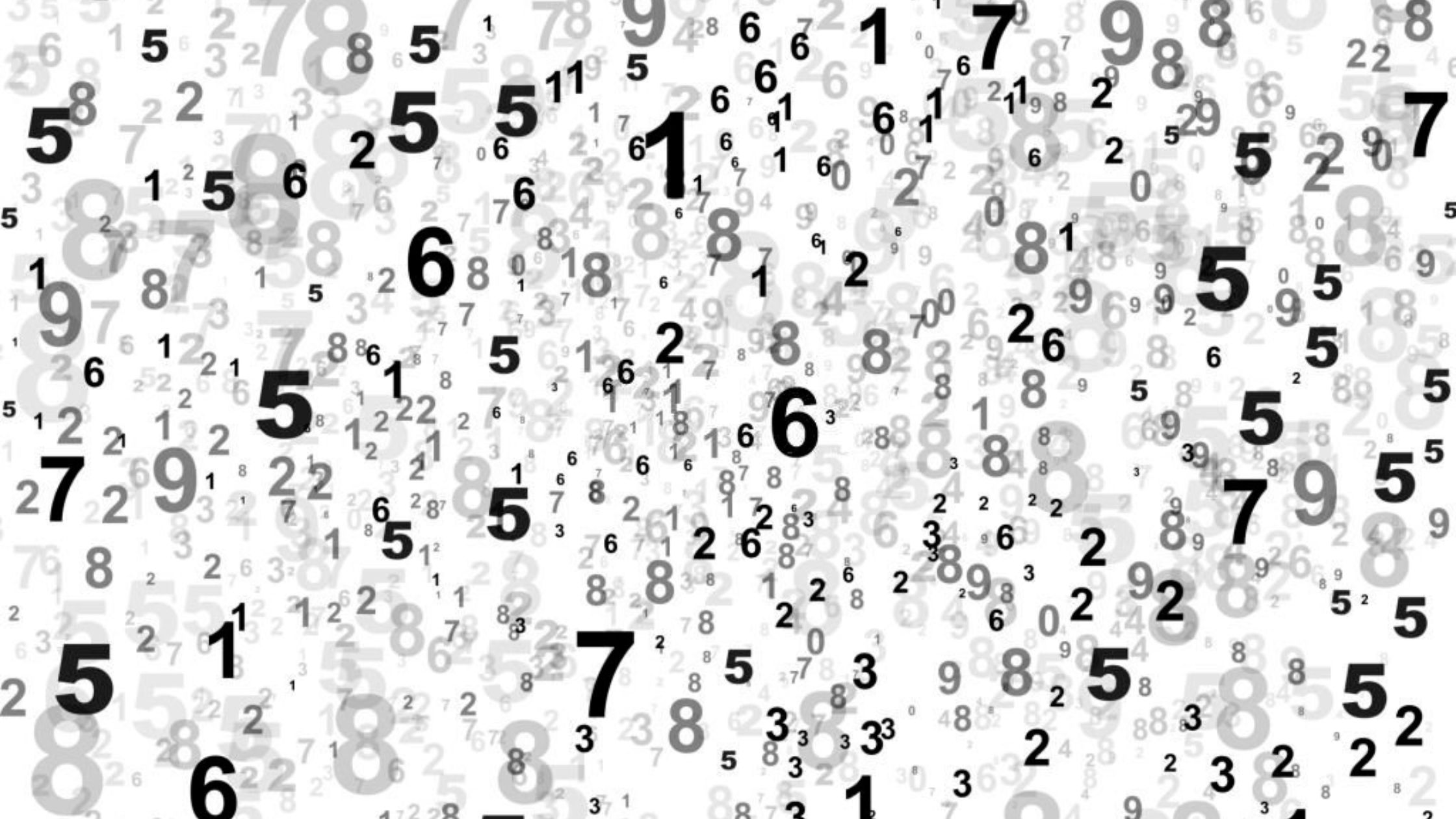

The Poisson distribution is a probability distribution that is commonly used to model the occurrence of rare events over a specific interval of time or space. It provides a mathematical framework for estimating the likelihood of a certain number of events happening within a given timeframe. In this guide, we will explore the concept of the Poisson distribution and show you how to calculate probabilities using this powerful statistical tool.
The Background
This distribution comes with a quite impressive historical background. This distribution was established by a mathematician named Simon Dennis Poisson. This distribution became essential when identifying mistakes and challenges that occur in data sets.
When Should I Use The Poisson Distribution?
The Poisson distribution is used to model the number of times a mistake has occurred in a particular data set. For example, if you are a developer, the number of failed app downloads would count towards this distribution. This distribution can be used to determine the likeliness of occurrences per unit. Back to our original example, you could use this distribution to identify challenges per user, per download, or per cell phone carrier. This method is especially useful for analyzing data when there are few trials and the likelihood of failure is high.
Understanding The Poisson Experiment
An experiment containing this methodology will have the following characteristics:
- The trial produces outcomes that can be considered failures or successes
- The typical success rate of these occurrences
- The likelihood of success is appropriate when compared to the region size
- The likelihood of success is less the smaller the region is
The Poisson Formula
Here is the formula for the Poisson Distribution:
f(x) = P(X=x) = (e-λ λx )/x!
Where:
P(X=x) = Probability of exactly (x) occurrences in an interval
Λ (lambda) = Mean number of occurrences during interval
X = number of occurrences desired
e = base of the natural logarithm
Understanding the elements of this formula is essential before using it to analyze your data sets. It is important to review all of the different symbols prior to starting your trials.
We recommend downloading this distribution table online, to have beside you as you begin analyzing your data.
Visualizing The Poisson Distribution
In order to get to the root of a problem, danger, or challenge is identified in a dataset, you will need to examine the records. The issue typically lies in the number of problems occurring in a specific trial. In this example, we will assume that the average number of problems occurring each week is 5. We will use this data to now calculate the likelihood of:
- Having more than three accidents occur per week
- Having less than two accidents occur per week
What Happens When There Are Fewer Than 2 Accidents Per Week Using the Poisson Distribution?
First and foremost, we will need to calculate the probability of having less than two accidents and a specific week. The likelihood of less than two signifies the possibility of no accidents and the second possibility of 1 accident occurring in the week’s time. Using everything you know about the rules of probability, it is now time to customize the formula to set this particular problem.
Your main variable should refer to the number of occurrences that are wanted out of the trial. For example, you can use P (x equals 0) + P (x equals 1). The main components of the formula signify the different factorials of 0 + 1. Keep in mind to always use an exclamation mark when using a 1.
Calculating the Probability of More Than Three Accidents
Next, we will move forward with calculating the likelihood of more than three accidents occurring in a single week. In this model, we will use the distribution P (x is greater than 3). The likelihood of more than 3 indicates the first probability, the 2nd probability of one incident, the third probability of 2, and the fourth probability of 3 incidents. Due to the rules of probability, you must abide by the rules of customization.
Revisiting The Formula
The X variable will correspond to the number of occurrences expected. The first equation will appear as ‘1 – {P(X = 0) + P(X = 1) + P(X = 2) + P(X = 3)}’. The focal point component is repeated four times in four separate segments. The first segment is ‘P(X=0)’. The second segment is ‘P(X=1)’. The third segment is ‘P(X=2) and the fourth segment is ‘P(X=3)’.
Understanding the Poisson Distribution
The Poisson distribution is named after French mathematician Siméon Denis Poisson, who introduced it in the early 19th century. It is particularly useful for modeling events that occur randomly and independently, such as the number of customer arrivals at a service counter, the number of defects in a manufacturing process, or the number of phone calls received in a call center during a specific period.
The Poisson distribution is characterized by a single parameter, λ (lambda), which represents the average rate of event occurrences within the given interval. It assumes that the events are rare and that the probability of more than one event occurring simultaneously is negligible.
The probability mass function (PMF) of the Poisson distribution is given by the formula:
P(x; λ) = (e-λ * λx) / x!
where:
- P(x; λ) represents the probability of x events occurring in the interval.
- e is the base of the natural logarithm, approximately equal to 2.71828.
- λ is the average rate of event occurrences.
- x is the number of events.
- x! denotes the factorial of x.
Applications of the Poisson Distribution
The Poisson distribution has various applications in different fields:
- Queueing theory: It is used to model the arrival and service rates in queuing systems.
- Reliability engineering: It helps assess the reliability and failure rates of systems.
- Insurance risk analysis: It is used to estimate the number of claims within a certain period.
- Environmental science: It can model the occurrence of rare events, such as earthquakes or floods.
Sign-up for a 7-day free trial! Try the first two modules of Brain Sensei’s story-based PMP and CAPM Exam Prep courses and a mini practice exam and see how it all works
Conclusion
The Poisson distribution is a valuable tool for calculating probabilities related to rare events. By understanding the concept of the Poisson distribution and following the step-by-step calculation methods outlined in this guide, you can improve your ability to analyze and predict the occurrence of events within a specific interval. Incorporate the Poisson distribution into your statistical analysis toolkit and enhance your data-driven decision-making process.
Have you led projects and are looking to earn a project management certification? You might be interested in learning about how lucrative this can be. Check out these articles.
13 PMP Benefits Once You Get The PMP Certification
No experience leading projects but still want to get into project management? No problem! Check out these articles.
CAPM Certification Eligibility
What is a Certified Project Manager; How do I get PM Certifications


